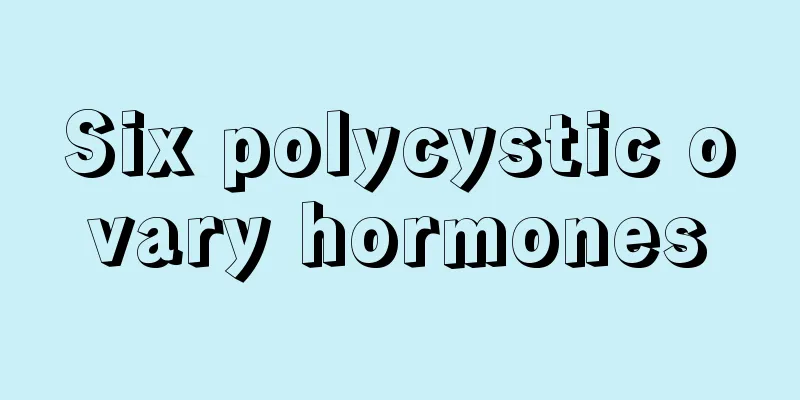How long after cervical conization can I go back to work?

|
Generally, cervical conization requires hospitalization for about 7 to 10 days, and it is recommended to rest for one to two weeks after the operation. There is no need to carry out strenuous activities after the operation. High-grade squamous intraepithelial degeneration is very easy to recur, so once it is discovered, cervical hysterectomy should be performed to remove it. It is recommended to follow up once half a year after the operation, and once a year starting from the second year. If you feel any discomfort, check again anytime and anywhere. After the operation, pay attention to nutrition, supplement more protein, and rest. After a dozen days, you can do moderate exercise to increase your immunity. Bleeding is very likely to occur in the three weeks after cervical hysterectomy, so you should rest well in the first three weeks after the operation, and sexual intercourse is strictly prohibited for two months during this period. Since it usually takes two to three months for the cone biopsy wound to heal, avoid excessive exercise such as cycling. If you don't exercise too much at work, you can go to work. Suggested measures 1. It is recommended that you eat more high-protein foods after surgery, such as eggs, milk, etc., to help wound healing. 2. It is recommended that you do some moderate exercise. That can also help wound repair. It takes some time for the body to repair itself after a cervical conization surgery. So how long does it take to fully recover after a cervical conization surgery? It takes two months to fully recover after cervical cone surgery. Check regularly or use medicines for local treatment. Cervical conization is very traumatic and requires slow adjustment. Therefore, you should pay more attention to rest, eat light meals, pay attention to the hygiene of your private parts, and avoid having sex. Go to the hospital for check-up on time. If there is a lot of bleeding, avoid spicy foods in your diet. Cervical conization includes loop electrosurgical excision of the cervix and cold knife conization, which are used in clinical medicine for the diagnosis of cervical diseases. The removed cervical tissue is sent for pathological examination. This type of excision is a cone-shaped excision of diseased tissue. Clinically, cervical epithelial cells generally have high-grade lesions, and the diseased tissue is removed in a cone shape. The removed tissue must be sent for pathological examination to determine whether the edge of the excision has been cut off cleanly, and further determine whether there is a possibility of lesions through pathological examination. If there is a lesion, the scope of surgical treatment needs to be expanded. After cone excision, a lot of exudate will appear in the vagina. It is recommended to keep the private parts clean and improve local medical care. |
<<: How long is normal bleeding after cervical conization?
>>: Height chart of girls before menarche
Recommend
How long does it take to get your period after taking birth control pills for the first time?
How long will the period be delayed if I take bir...
How serious is pelvic inflammatory disease?
Pelvic inflammatory effusion, also known as pelvi...
Pain and pimples in the genitals
Many women will find a problem in their daily liv...
Why does leucorrhea smell like rotten eggs?
Women will have leucorrhea after their first mens...
Will the amount of leucorrhea increase during ovulation?
Ovulation is the main form of female reproduction...
The due date is swollen feet. Is it a boy or a girl?
It is almost the time of pregnancy, and mothers a...
Can a cold delay your period?
Under normal circumstances, a cold will not cause...
What is the meaning and symbol of watermelon? What is the name of yellow-heart watermelon?
The refreshing watermelon in the hot summer symbo...
What are the effects of fever and cold in early pregnancy
It is summer now, so the weather is too hot and p...
Back pain and nausea, is it pregnancy?
Nausea is a sign of pregnancy, but some people al...
Can women pluck their beards?
Girls also grow beards, which is a manifestation ...
Do birth control pills cause women's eggs to age?
In today's increasingly open society, with th...
When does early pregnancy reaction begin?
It is normal to have pregnancy reactions after pr...
Feeling of falling when walking after childbirth
Important reminder: At present, many women will e...
How to treat endometrial thickening?
The endometrium can be affected by abortion, chil...









